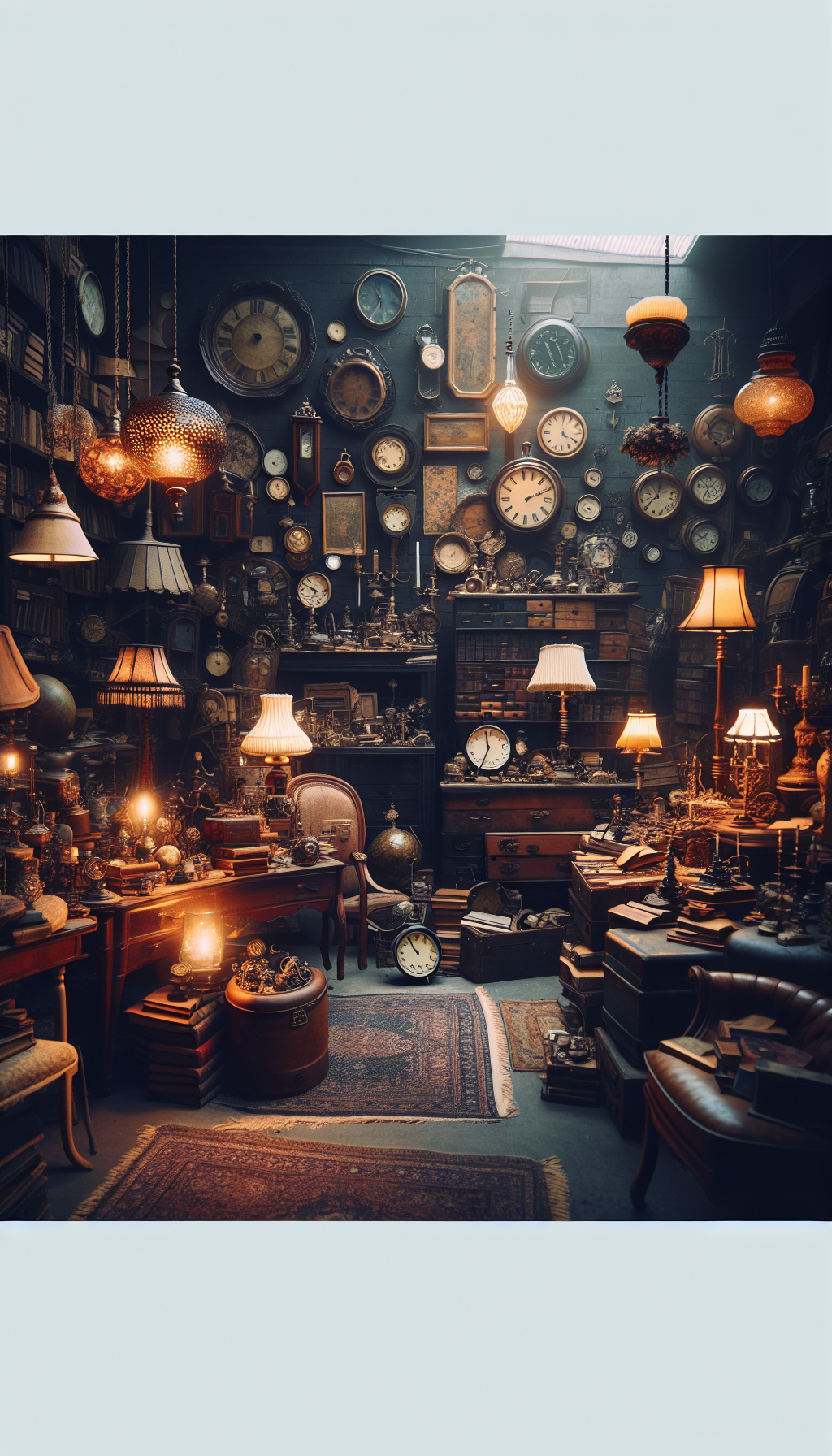G Stenn Painting
Collectors and appraisers periodically encounter paintings signed “G. Stenn” (often rendered without the period as “G Stenn”). The name appears on works in a handful of familiar genres—seascapes, European street scenes, rustic landscapes, floral still lifes—and frequently raises the same questions: Is “G. Stenn” a documented artist? Is the signature a workshop or trade name? How should one research, catalog, and value a piece carrying this name?
This guide synthesizes current appraisal practice around uncertain or lightly documented signatures such as “G. Stenn.” It focuses on practical steps to identify what you have, place it in market context, and describe it accurately for appraisal or sale.
What Collectors Mean by “G. Stenn”
“G. Stenn” is a signature reported on a range of paintings that tend to share certain traits:
- Subject matter: Marine scenes with crashing waves or harbor views; European cityscapes with figures and wet streets; pastoral scenes with cottages; floral still lifes.
- Medium: Most often oil on canvas or oil on board; occasional gouache or mixed media.
- Date range: Many examples appear to be mid-20th century, though individual works may be earlier or later. Frames and stretchers often suggest postwar manufacture.
- Presentation: Standard frame-shop sizes (e.g., 16x20, 20x24 inches) and readily available decorative frames with ornate composite moldings or gold toning.
Signature characteristics vary:
- “G. STENN” in block letters, typically lower right.
- Cursive “G Stenn” with a looping capital G and a tall, double-n ending.
- Variants with a small period after the initial; sometimes cramped against the picture edge.
There is no single canonical form, which complicates attribution. Some signatures appear stylized or briskly executed, as if applied at speed; others are more careful. This spectrum matters, because signature quality often correlates with the overall finish of the work.
As of this writing, “G. Stenn” does not correspond to a widely documented, monographed painter in mainstream reference texts. That does not mean a given painting is inauthentic or unworthy—only that the name should be researched from the ground up as a specific signature on a specific object, rather than assumed to indicate a listed studio.
Signature Study and Variant Readings
Before you research the artist, confirm you are reading the name correctly. Letterforms at the margin of a textured painting can be deceptive.
- Compare the “t” versus “r”: A short crossbar can make “Stern” look like “Stenn,” and vice versa.
- Consider “Steen,” “Sten,” “Stemm,” or “Stens”: End strokes, impasto ridges, and varnish pooling often obscure the last two letters.
- Inspect the initial: Is it G, C, J, or even a stylized S? A looped G can look like a C; a quick J can be mistaken for G.
- Look for lifted paint: If the signature crosses heavy impasto, it may have skipped on the peaks, creating broken lines that suggest additional letters.
- Use raking light and magnification: A headlamp at a low angle can reveal letter construction, corrections, or pentimenti.
Document alternate readings you consider plausible. Then, research each reading variant in auction records and artist dictionaries. When a painting’s imagery strongly matches a known painter with a similar name, the signature may be a misread—or, occasionally, a misleading homage. Do not force a match; let the letterforms and the painting’s overall quality guide you.
Also check whether the signature is hand-applied or mechanically transferred. Under magnification, a hand-painted signature will show brush drag, variation in line width, and integration with the paint film. A transferred or stenciled mark may sit on top uniformly, with a slightly different sheen.
Workshop, Trade, or Studio? Understanding Production Context
Mid-century export and decorator art workshops often used trade names or consistent signature forms across multiple artists. Without asserting that all “G. Stenn” works are workshop products, it’s prudent to evaluate that possibility:
Indicators consistent with workshop/decorator production:
- Repetition: Nearly identical compositions, sometimes mirrored, in different sizes or colorways.
- Uniform signatures: Same location and lettering style across ostensibly different hands.
- Standard supports: Machine-made canvases with staples along the back, non-keyed stretchers, metric sizes, and commercially primed grounds.
- Labels and codes: Back labels from department stores, furniture retailers, or frame shops; inventory numbers on stretcher bars rather than on a gallery label.
- Paint handling: Rapid palette-knife textures, consistent impasto “recipes,” and broadly generalized forms designed to read well at a distance.
Indicators consistent with a single studio artist:
- Evolving signature: Changes in signature over time with consistent idiosyncrasies.
- Variation in composition and problem-solving: Reworking passages, localized detail, and expressive experimentation not typical of assembly-line output.
- Custom supports: Keyed stretchers, tacked (not stapled) edges on earlier works, non-standard sizes, canvas stamps from art suppliers, or artist inscriptions.
Your task is not to fit the work into a binary, but to weigh the evidence. A carefully executed painting with a convincing, integrated signature and no signs of serial repetition may deserve cataloging as “signed G. Stenn” without additional qualifiers. A piece that matches widely duplicated compositions may be better described as a “decorative oil painting signed ‘G. Stenn’,” or “workshop painting signed ‘G. Stenn’.”
Dating and Material Clues
Dating informs attribution and value. Examine construction details alongside condition.
Supports and construction:
- Stretcher: Older, hand-cut wood with keyed corners often points to pre-1960s; milled stretchers with clean machine edges are later. Non-keyed stretchers are common in decorator art.
- Fasteners: Tacks were common before staples became widespread; staples along the back edge signal later manufacture.
- Canvas: Smooth, even-weave canvases with bright white grounds suggest modern prepared materials; coarser, irregular weaves and hand-laid grounds can indicate earlier work.
Grounds and paint:
- Ground color: A pinkish/buff commercial ground is typical of some mid-century canvases; a hand-toned umber ground may indicate studio practice.
- Pigments: High-chroma, modern synthetic blues and greens, plus titanium white dominance, can suggest post-1930s palettes.
- Varnish: Spray varnish with a uniform gloss may point to retail framing practices; brushed natural resins age differently (including faint yellowing and crazing).
Backs and labels:
- Retail stickers, stock numbers, or “Made in [country]” stamps are strong context clues.
- Gallery labels, exhibition entries, or artist inscriptions add weight to studio attribution.
Frames:
- Ornate, cast composition frames with bright gold finishes surged mid-century; older, corner-joined gilded frames often indicate refitting but can also align with earlier paintings.
Condition:
- Craquelure should align with the paint film’s age and medium. Uniform crackle across disparate passages may be artificial.
- UV inspection can reveal retouches, overpainted signatures, or later additions.
Carefully photograph all of the above. Back-of-stretcher and label shots often clinch a dating argument more than the front image does.
Market Position, Comparables, and Value
Value for a “G. Stenn” painting depends on a few core factors:
- Attribution confidence: Is “G. Stenn” a recognized studio artist in your specific case, or a decorative/workshop signature? Clear, supported attributions generally command stronger prices.
- Quality within type: Even among decorator works, there are better and worse examples. Strong composition, cohesive color, and convincing light add value.
- Subject and size: Marine and city scenes often outsell floral or generic landscapes. Larger works (within practical limits) tend to perform better, especially over mantels or sofas in interior design contexts.
- Condition and frame: Clean, stable surfaces and a presentable frame improve liquidity, though a valuable painting can justify conservation.
Finding comparables:
- Search recent auction sales for “G Stenn,” “G. Stenn,” and variant readings you identified. Note hammer prices and passed lots.
- Look for identical or near-identical images at different sizes; this helps distinguish serial workshop output from studio variants.
- Track private-market listings to gauge asking-price ranges, but weight realized prices more heavily.
Pricing approach:
- If evidence suggests decorator/workshop origin, expect values consistent with quality decorative oils in your regional market.
- If evidence supports a unique studio hand and higher craftsmanship, position the work among listed mid-century painters with similar subject matter and finish.
- When uncertain, use cautious cataloging and conservative estimates. Let the market’s response guide your next step.
Selling venues:
- Regional auctions are effective for decorative mid-century oils and can surface comparables.
- Specialized fine-art auctions make sense if you build a case for a studio painter and can support it with documentation.
- Private sale or consignment with a reputable gallery may yield better net proceeds for strong, room-ready pieces.
Cataloging Language and Ethical Clarity
Accurate, transparent cataloging is essential, especially when a signature is not firmly tied to a widely documented biography. Consider these conventions:
- Signed “G. Stenn”: Use when the signature is present and legibly reads “G. Stenn,” without implying a documented artist identity.
- Attributed to G. Stenn: Use sparingly and only when additional evidence (provenance, old labels, consistent body of work) supports a singular studio identity beyond the signature.
- Circle of / Follower of / School of: Useful if the work clearly imitates a known artist’s style, but this typically presupposes an identified model artist, which may not be the case here.
- Decorative painting signed “G. Stenn”: Clear and fair when workshop indicators are present or when the market context is primarily interior design.
Record uncertainties and your reasoning. If you considered alternate readings (Stenn/Stern/Steen) and ruled them out, note why. Ethical clarity protects both buyers and sellers.
Practical Checklist: Evaluating a Painting Signed “G. Stenn”
- Read the signature carefully under magnification and raking light; note plausible variants.
- Photograph the front, signature close-up, edges, back, stretcher, labels, and frame corners.
- Examine support and fastening (tacks vs staples; keyed vs non-keyed stretcher) to help date the piece.
- Assess paint handling: Is the brushwork individualized or formulaic? Do you see repetition typical of workshop output?
- Check for identical compositions online and in sales records to identify serial production.
- Review condition under normal and UV light; note overpaint, varnish, craquelure patterns, and structural issues.
- Build comparables for both studio and decorator contexts; weight realized prices.
- Choose accurate cataloging language that matches the evidence: “signed,” “decorative,” or “attributed to.”
- Avoid cleaning or restoration before appraisal; seek a conservator’s advice if needed.
- Preserve all documentation, including owner history and photographs, with the appraisal file.
Frequently Asked Questions
Q: Is “G. Stenn” a real, listed artist? A: There isn’t broad, authoritative documentation tying “G. Stenn” to a single, biographied painter across standard references. The name appears on many mid-20th-century paintings with varying quality. Treat each painting individually—analyze the signature, construction, and quality—before deciding how to catalog it.
Q: How can I tell if my “G. Stenn” is mass-produced? A: Look for repeated compositions in different sizes, uniform signatures in the same position, non-keyed stretchers with staples, stock frames, and consistent palette-knife textures. If you can find near-identical examples with the same scene, it likely indicates workshop or decorator production.
Q: Should I clean the painting before selling or appraising? A: Generally, no—at least not before consulting a conservator. Surface grime can be documented in condition notes and does not preclude appraisal. Amateur cleaning risks abrasion, varnish burn, and signature loss, and may reduce value.
Q: The signature might read “G. Stern” or “G. Steen.” What do I do? A: Document each plausible reading and research each variant separately in sales records and reference sources. Compare letterforms and stylistic traits. If a compelling match emerges for a known artist, reassess the attribution; if not, favor a cautious cataloging that reflects what you can substantiate.
Q: Will a new frame increase value? A: For decorative works, a clean, well-proportioned frame can improve saleability. For potentially significant studio pieces, keep the original frame if present; it can provide context and may be preferred by serious buyers. Replace only if the frame is damaged or inappropriate, and retain the old frame if you do.
By approaching a “G. Stenn” painting with careful observation, disciplined research, and ethical cataloging, you’ll produce a defensible appraisal and place the work in its most appropriate market context. Whether it turns out to be a workshop decorative piece or a more individualized studio painting, the process outlined here will help you maximize both accuracy and outcomes.



